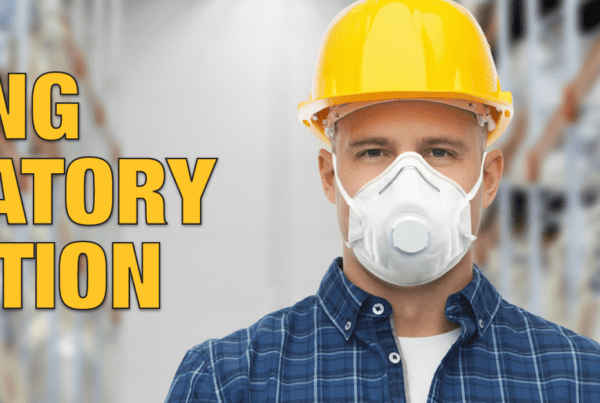Even a universe long ago and far, far away isn’t immune to problems with worker safety. And it’s not just those Storm Troopers eternally hitting their heads on the ceiling, or rebels getting trapped in garbage disposals.
An Accident on Set
During the filming of 2015’s blockbuster “Star Wars Episode Seven: The Force Awakens,” star Harrison Ford was struck by a piece of the set, resulting in a broken leg and several weeks’ delay in filming. The lost production time wasn’t the film company’s only problem, though. Foodles Production (UK) Ltd, a Disney subsidiary, was charged with four criminal violations to the United Kingdom’s workplace safety laws. This week, the company pleaded guilty to two counts, with the remaining two counts being withdrawn by the Health and Safety Executive (HSE). (The charges were laid in Britain because the accident occurred at the famous Pinewood set near London.)
Ironically, what endangered the 74-year-old star was a piece of modern technology. While working on set, he was struck by an automatic hydraulic-powered door that was reportedly triggered by someone unaware that Harrison was nearby. The force produced by this door was likened by the prosecution to “a small car.” When Harrison starred in the first Star Wars film, such a door would have been more likely to be powered by a stage-hand pulling a rope.
The Film Industry’s History of Risk
That doesn’t mean that film sets have a reputation for safety– far from it. Silent movies were made long before workplace safety was a significant issue for employers, and it was routine for actors, and particularly stuntmen and women, to be put at serious risk. When pouring millions of gallons of water on set during a filming of “Noah’s Ark,” director Michael Curtiz supposedly told a protesting staffer that the hundreds of extras “would have to take their chances” on drowning. According to a Snopes.com article on the filming of “Ben Hur” (the 1959 movie had no fatalities, but a stuntman died during the filming of the chariot race in the 1926 silent version) “[t]he early days of the film industry was particularly hard on stunt people. Baxter lists 55 deaths, mostly stunt people, as occurring in California film productions during the years 1925-1930.”
While the passage of time brought improved safety regulations for film sets, it also brought more emphasis on spectacular stunts and explosions. In 1982, actor Vic Morrow and two child actors were killed in an on-set helicopter crash. Director John Landis and others in the production were charged with manslaughter, but acquitted. Since then, government and industry have both worked to improve the safety of workers on sets. Many innovative programs have been set up – for example, in Californian centers near major movie studios, firefighters are given special training in recognizing hazards they may encounter on movie sets. Still, stage and screen work continues to be risky to its practitioners.
Lessons Learned
Like any good epic, the tale of Han Solo and the Door of Doom teaches us an important lesson. All workplaces must make safety a priority. It’s easy to see safety as an issue in heavy industry, such as construction or manufacturing. But all workplaces can pose hazards, even those dedicated to providing us with entertainment. Fortunately, in most areas, the regulations protect those who work on screen, in offices or in laboratories just as much as workers on the shop floor. The HSE said in their announcement of the guilty pleas:
“Every employer in every industry has a legal duty to manage risks in the workplace. Risks are part and parcel of everyday life, and this is acknowledged by health and safety law – but they still need to be identified and managed in a proportionate way.”
The veteran Ford took the accident in stride. He returned to his signature role in the movie that would become the top-grossing film in North American history, and posted a tweet holding a sign that read “Can do the Kessel Run in 12 parsecs. Can’t use a door.”
If you have regulatory questions about workplace health and safety, contact us here at ICC Compliance Center at 1-888-442-9628 (USA) or 1-888-977-44834 (Canada).





